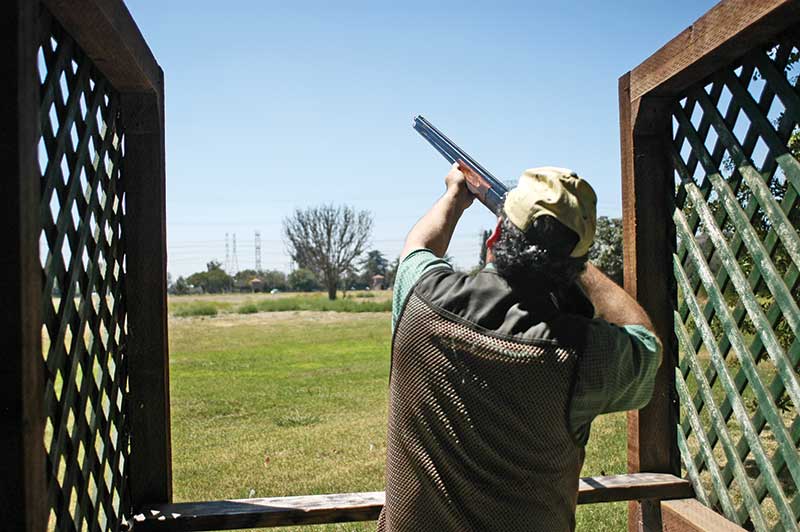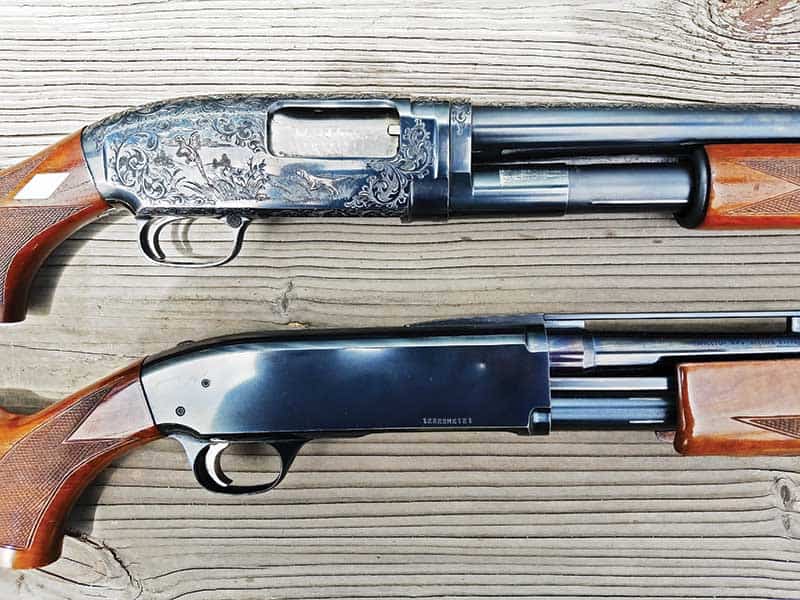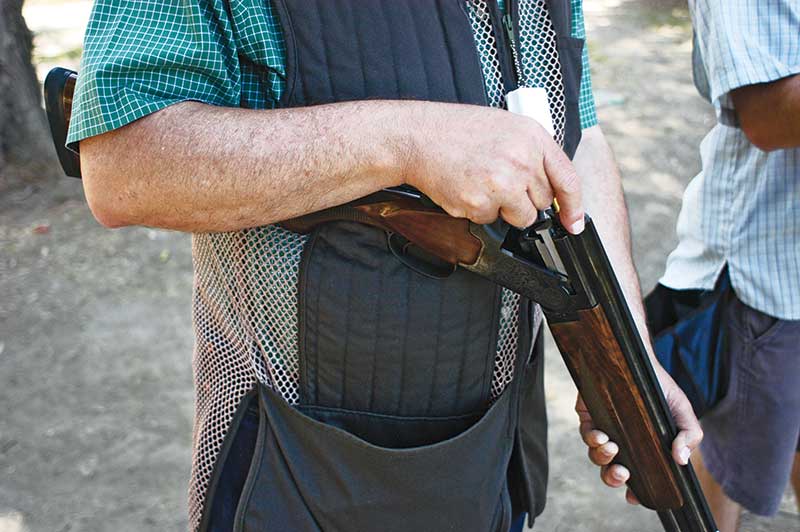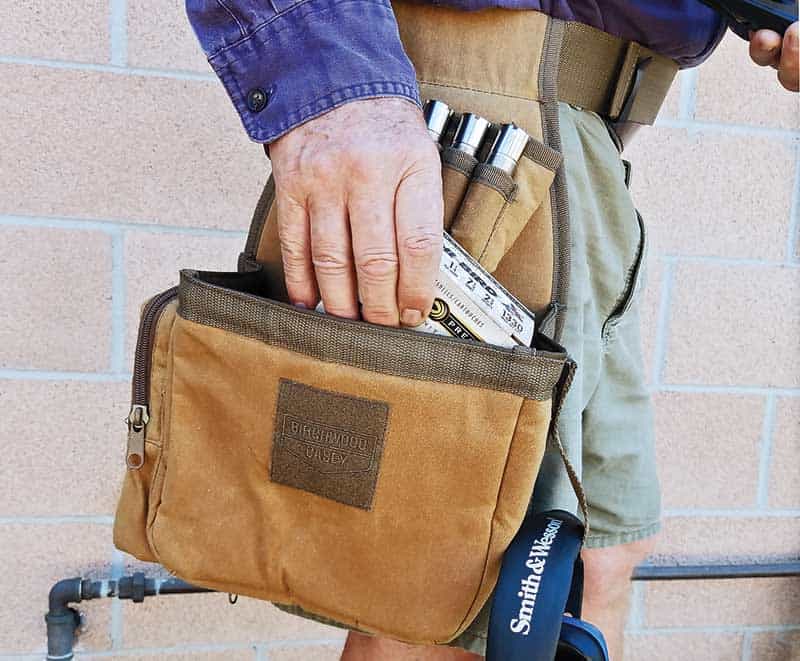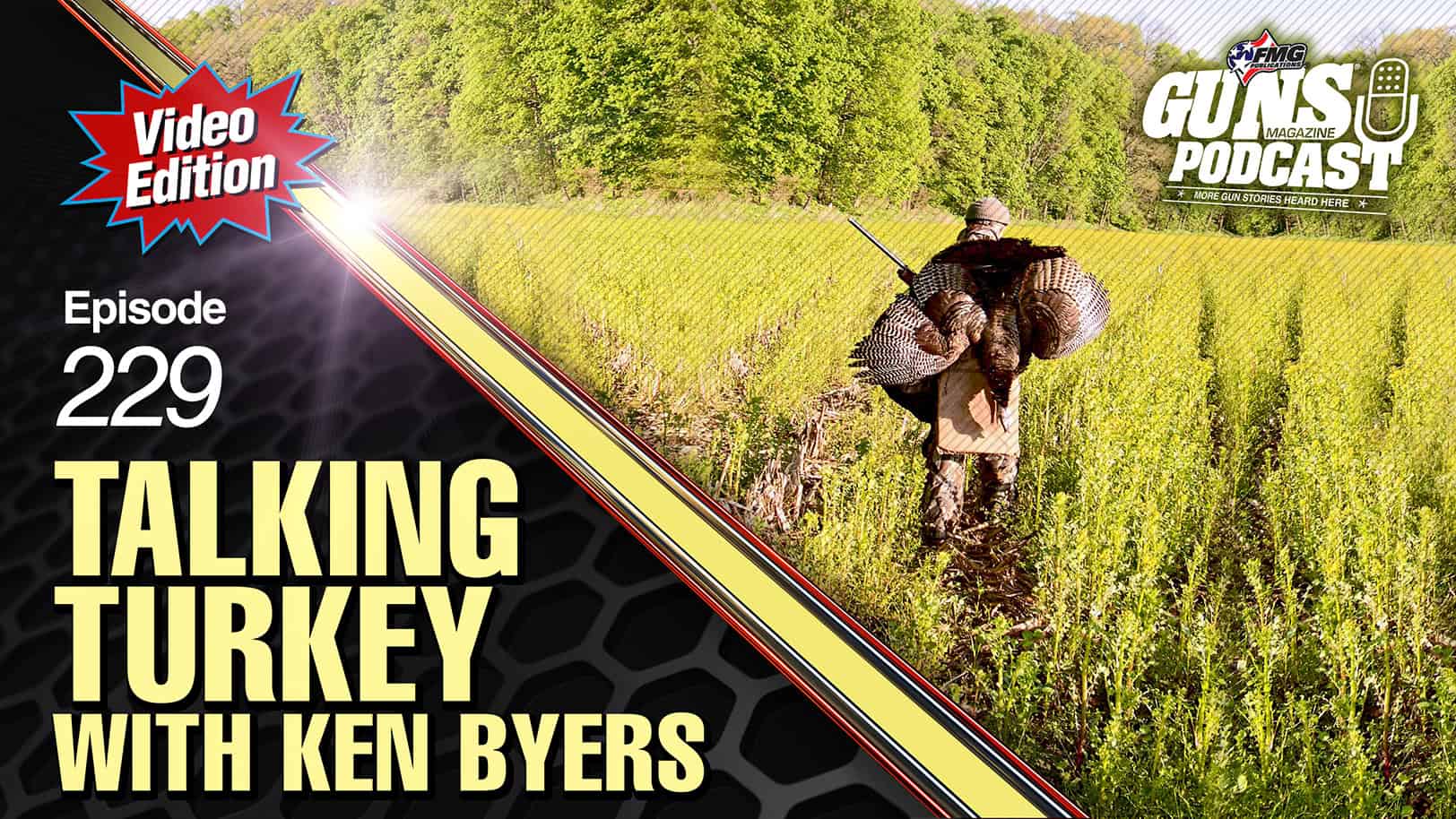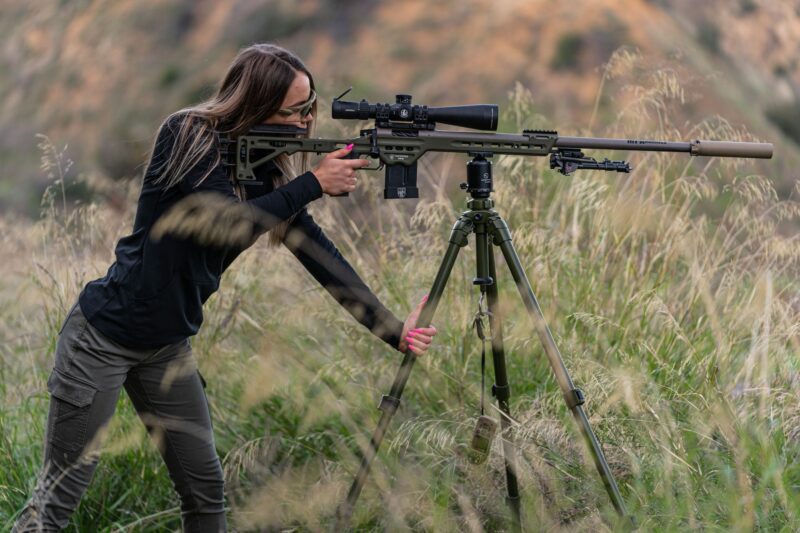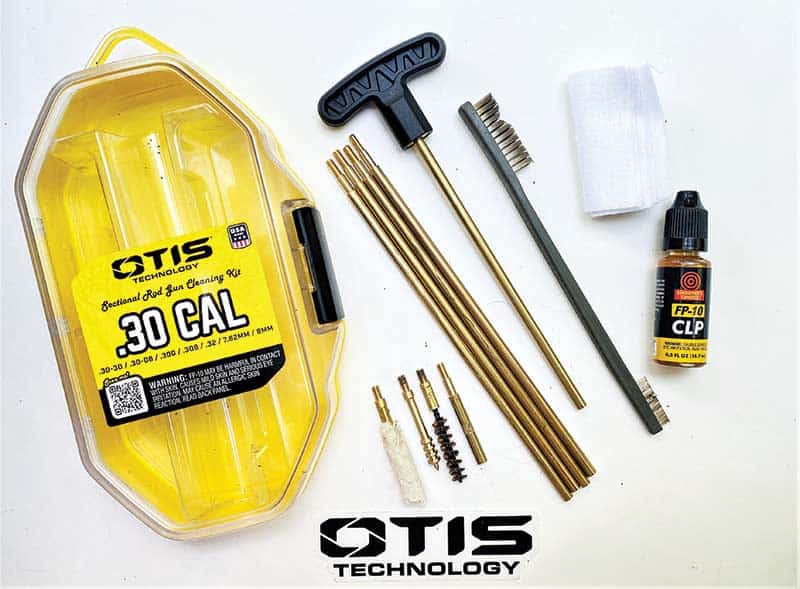A Shotgun Approach
Clay Birds, Game Birds And Crazy
Angles Are All Gauges Of Success
If you do enough shotgunning, eventually you’ll run into a guy who’ll tell you (proudly, no less), “I can’t break clay birds worth a darn, but I can hit the real thing all day long.”
You may want to fight the urge to be overly impressed, because unless the guy is the wingshooting equivalent of an idiot savant, there’s probably a weighty load of BS tipping the Scales of Truth. Here’s why:
You’re being asked to believe this fabulist can accomplish—in field conditions, with all the footing irregularities, sun, wind, rain and shifting yardages—what he can’t do on a dead-level, manicured skeet or trap facility. One where everything flying is doing so at regulated speeds and fairly repetitive angles.
And let’s not even get into the element of surprise.
I’m not sure what percentage of shooters break clay simply to tune up for hunting season as opposed to how many of them shoot skeet, trap, or sporting clays as an end in itself. These days, for myself, I’m kinda leaning toward the “end in itself” thing. Although I do get out for upland birds whenever the opportunity arises.
Back when I was younger I tolerated my pre-season “tune-up” humiliation ritual at skeet or clays simply to better my hunting percentage. Granted, if you’re in the field two or three times a week, you’ll improve. Eventually, kinda. But if you want to do right on opening day—when lots of birds are flying in a reasonably un-spooked manner—it’s never too early to start hitting things.
Agony Of Defeat
I learned this lesson the hard way on a once-in-a-lifetime opportunity on sand grouse in Namibia many years back. Sand grouse stop coming in to their targeted waterhole after about 20 minutes or so of the wildest wingshooting you’ll ever see. And when they stop it’s like someone turned off a faucet. And then—very quickly—the whole hoo-hah is pretty much over. Obviously, for the first-timer, the compressed learning curve here is steep.
I was using a beautiful, high-end 20-gauge side-by-side Kimber—detachable locks, peacock-blue controls, straight-grip Turkish walnut stock, splinter fore-end, the whole enchilada. But my fancy hardware was no matter. No matter at all. My hit-to-shot ratio was, to put it charitably, anemic.
When it was mercifully over, my shooting stand (actually kind of a sandy depression next to a thorn bush) was testament to what my old pal Bob Hunnicutt once referred to as the “pile of shame.” Meaning a whole mess of empties without a corresponding heft of downed birds in the old game bag.
Domestically, quail and chukar were never really much of a problem, since “wild birding” in California’s high desert usually involved far more walking than shooting anyway. Because of that, I’d be lucky to get 7-8 shots in a long morning. The difference being, of course, the better shot will take better advantage of the opportunities he does get.
Out-of-state cornfield pheasant weren’t all that tough to hit either, unless you were on the outer edges during a drive and had yourself a whole wad of 30- to 50-yard crossing shots to contend with.
For me, skeet has undeniable usefulness in prepping for the dove opener, provided I shoot “low gun” and am not too concerned with foot placement and stance (which is why I’ll never be mistaken for a serious competitor).
But skeet, for all its predictability, drives the basics into your skull—lead, follow-through and a consistent speed of swing. This is no small thing. When a beginner asks you “how much lead?” the correct answer should hinge on, “How fast do you swing?” This may sound overly glib, but if you focus on the bird enough, somehow your brain will automatically adjust your swing to the correct speed.
Uniformity of target presentation and yardage may be an argument against getting too addicted to skeet and trap, only if your aim is to kill more real birds for less shots. I like skeet for itself these days, so this isn’t a problem. But for hunting tune-ups, a sporting clays setup has definite advantages.
Now I’ve been gassing about sporting clays here, so I felt kinda obligated to go out and shoot a round or two—just to rediscover what I’d been missing. I went with two friends of mine, a father-and-son team of Brian and Bruce Bender.
Bruce the Elder was packing a 12-gauge Winchester 101, a classic American O/U recently resurrected by the company. Brian and I each shot a .410—me my BPS pump, Brian a recently acquired bolt-action of vintage Savage/Stevens parentage, but marketed under the Springfield Model 18 Series F name.
We didn’t keep score, shot the course in no particular order, and spent our allotted “bird budget” on those stands we found to be the most fun. It was a hoot. I wouldn’t recommend a .410 on sporting clays if you’re trying to win a bet, but if you can shoot yours, have at it.
Having been in the gun-magazine biz for awhile, I’ve been fortunate to have gotten a bit of behind-the-elbow advice from a couple of world-class smoothbore artists—Dan Carlisle being one. It’s funny when you shoot with guys like that watching you. They don’t watch the birds break. They watch you, searching for mechanical glitches in what you’re doing. After you start doing things right, the birds break automatically.
When you finally submit to the teachings of a pro, it’s oddly liberating in an “ego-free” way. Because no matter how bad you are, they’ve seen worse. And no matter how good you are, they’ve seen better.
I have to keep things as simple as possible in my head, so this is what I try to remember: (1) Watch the bird and don’t start with the mental lead calculations. The less you think, the better. (2) Keep your head down when you mount the gun. (3) Keep the gun moving. Do all these things, of course, and you’re still going to have an off-day now and again.
You’ll just have fewer of them.
Classy Canvassing
Cordura nylon is the omnipresent outdoor fabric for practically everything you can think of that doesn’t actually cut, shoot, or magnify. It’s good stuff, but I’ve gotta confess to a real soft spot for waxed canvas for the same reason I like blued handguns and walnut-stocked rifles. It just seems to add a touch of class.
A new item from Birchwood Casey is a case in point. Their Waxed Canvas Shell Bag’s upper pocket fits a box of target loads. Beneath it is a dump pouch with a zippered bottom for empties. There are also compartments for things like choke tubes and shooting glasses as well as a retention strap for your earmuffs. And to keep your hands free, the whole thing has an adjustable belt.
It comes from a good outfit; the same folks who make the Shoot-N-C targets often seen—hopefully expertly perforated—in these pages.
Birchwood Casey
7887 Fuller Rd., Suite 100,
Eden Prairie, MN 55344, (800) 746-6862,
www.birchwoodcasey.com
